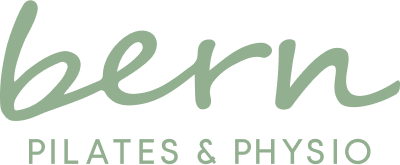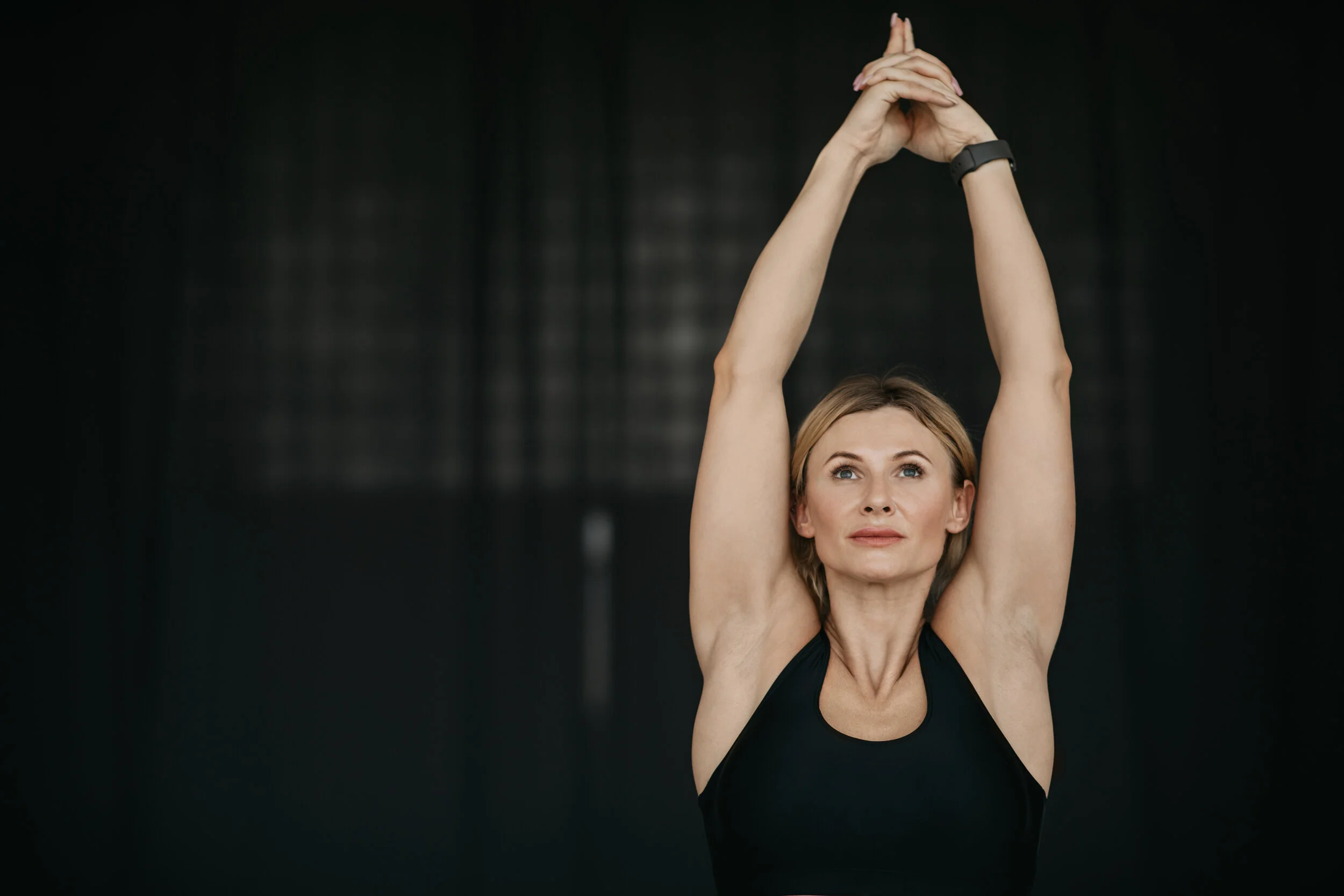To Breathe or Not to Breathe: Why attention to our breath is vital in Pilates
Most of us wouldn’t even think twice about breathing, and who can blame us?
A natural process undertaken by our bodies every passing second. Taking our awareness to the breath; to be conscious of the depth, the muscles we’re using and the mind- body connection will empower you!
Keeping those Breathes Deep
Deep breathing is arguably the ‘backbone’ of Pilates and is essential in performing Pilates exercises correctly.
Joseph Pilates believed we should take advantage of every breath: inhale as much as oxygen as you can to nourish the cells and completely exhale all the stale air.
Full inhales and exhales allow the body to:
take in energy producing oxygen and expel carbon dioxide as a waste element.
provide stimulation to our internal organs such as the heart, increasing its capacity to transport O2 and important nutrients to every cell in our body.
“Never HOLD your breath!
Deep, steady breaths will help you maintain concentration without increasing your blood pressure!”
Body Mind Spirit
Conscious deep breathing can’t be discussed in its entirety without addressing the “body/mind integrative aspect”. This phrase becomes particularly relevant to Pilates where the “complete coordination of body, mind and spirit” is the phrase that essentially forms the building blocks of the practice.
By completing full breaths with care for attention, you can ultimately centre yourself. What follows is a clarification and calming of the mind, reducing stress and creating a rounded experience.
Deep Breathing and Exercise
Pilates relies on the breath leading the movement and giving it power as a result. That’s why we are are so specific about teaching you particular breathing patterns in your sessions.
Typically, we exhale on the section of the exercise that requires the most effort. EXHALE ON THE EFFORT. Why? Because exhaling in this particular moment takes advantage of the natural contraction of the abdominal muscles and facilitates core control.
If you think efficient deep breathing is all about filling your upper chest with air, you’re not quite right. To ensure your lungs are filled to their greatest capacity, try these two techniques, commonly used in Pilates.
Diaphragmatic Breathing: also known as ‘deep belly breathing’.
Bring the air all the way down into your body as you inhale through your nose. Initially allow the breath to softly inflate your belly. Continue to carry the breath up into the chest, expanding the lower then the upper lungs. Fill your lungs completely, keeping your side waistline long, and shoulders relaxed.
Gently exhale through your nose keeping the length in your spine, emptying from the top to the bottom without force.
A lovely calming breath technique to use in any stressful situation to help bring the body back into equilibrium.
Lateral Breathing: Again the breath of full and deep, the main difference being the breath expands the ribs sideways, rather than up and down.
Place your hands around your lower rib cage and inhale though your nose and feeling the lungs expand the lower rib cage to the side and to the back.
Focus this time is on width and not the height of the breath. The lower abdominals remain engaged the entire time to further assist with stabilising the spine.
Now you know how to breathe… or breathe more efficiently particularly during your Pilates practise.
If you’d like to learn more about the many ways Pilates and effective breathing can improve your life contact book or us now for a personal Assessment Consultation.



